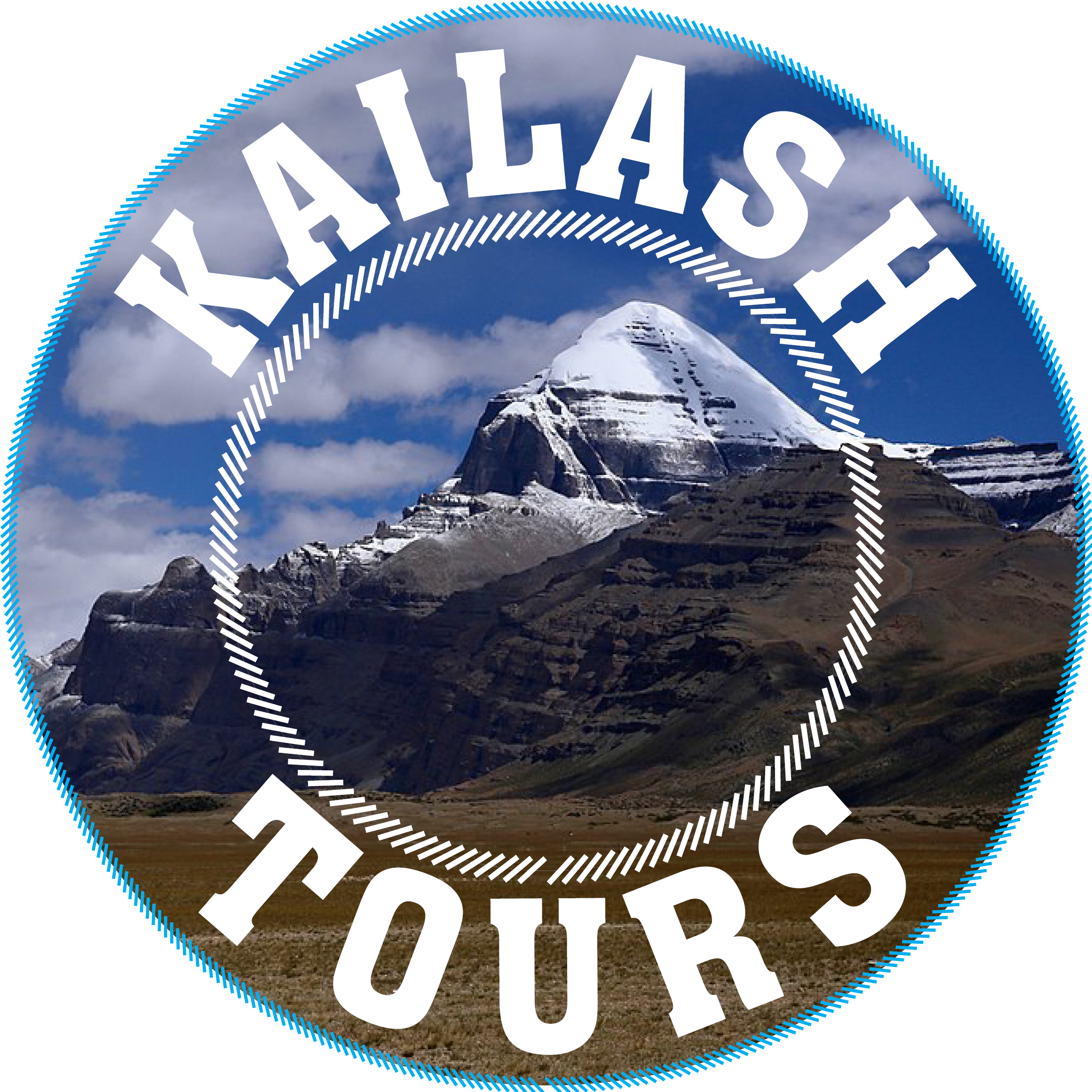The rural areas of Tibet are characterized by their remote and picturesque landscapes, as well as by the traditional lifestyle and practices of its inhabitants. Here’s a glimpse into rural Tibet:
Scenic Landscapes:
Rural Tibet is also dominated by the vast expanse of the Tibetan Plateau, with its sweeping grasslands, high mountains, and serene lakes. The natural beauty of these landscapes is awe-inspiring, attracting travelers and nature enthusiasts.
Nomadic Herding:
Many rural Tibetans also continue to lead a nomadic or semi-nomadic lifestyle, herding yaks, sheep, and other livestock. These herders move seasonally in search of grazing lands, preserving a way of life that has been passed down through generations.
Yak and Sheep Farming:
Yaks are essential to rural Tibetan life, providing meat, milk, and wool. Yak hair is used for making tents, clothing, and ropes. Sheep are also raised for their wool, which is used to create warm clothing and blankets suitable for the harsh climate.
Traditional Housing:
Rural Tibetans also often live in traditional houses made of stone and mud bricks. These houses are well-suited to the challenging weather conditions, providing insulation against the cold and windy climate.
Self-Sufficiency:
Rural Tibetans have also historically been largely self-sufficient, growing barley and other crops in the short growing season. Barley is a staple food, and tsampa (roasted barley flour) is a fundamental part of the Tibetan diet.
Buddhist Influence:
Despite the remote locations, rural Tibetans have a strong connection to Tibetan Buddhism. Many rural areas have small monasteries or temples, where locals gather for prayer and spiritual practices.
Community Life:
Rural communities in Tibet are often tightly-knit. People rely on each other for support, and communal activities such as festivals, traditional dances, and religious rituals play a significant role in their social interactions.
Challenges:
Life in rural Tibet can be challenging due to the high altitude, extreme weather conditions, and limited access to modern amenities and healthcare. Geographic isolation and limited infrastructure can also present difficulties.
Changing Traditions:
In recent decades, modernization and urbanization have started to impact rural Tibet. Some young Tibetans are moving to cities in search of better opportunities, leading to concerns about the preservation of traditional rural practices and culture.
Tourism:
Rural Tibet has become a destination for tourists seeking to experience its unique culture and landscapes. Responsible tourism can provide economic benefits to rural communities while also raising awareness about the challenges they face.
The rural areas of Tibet offer a window into a way of life deeply rooted in tradition and nature, where people’s connection to the land, animals, and spirituality shapes their daily existence.
